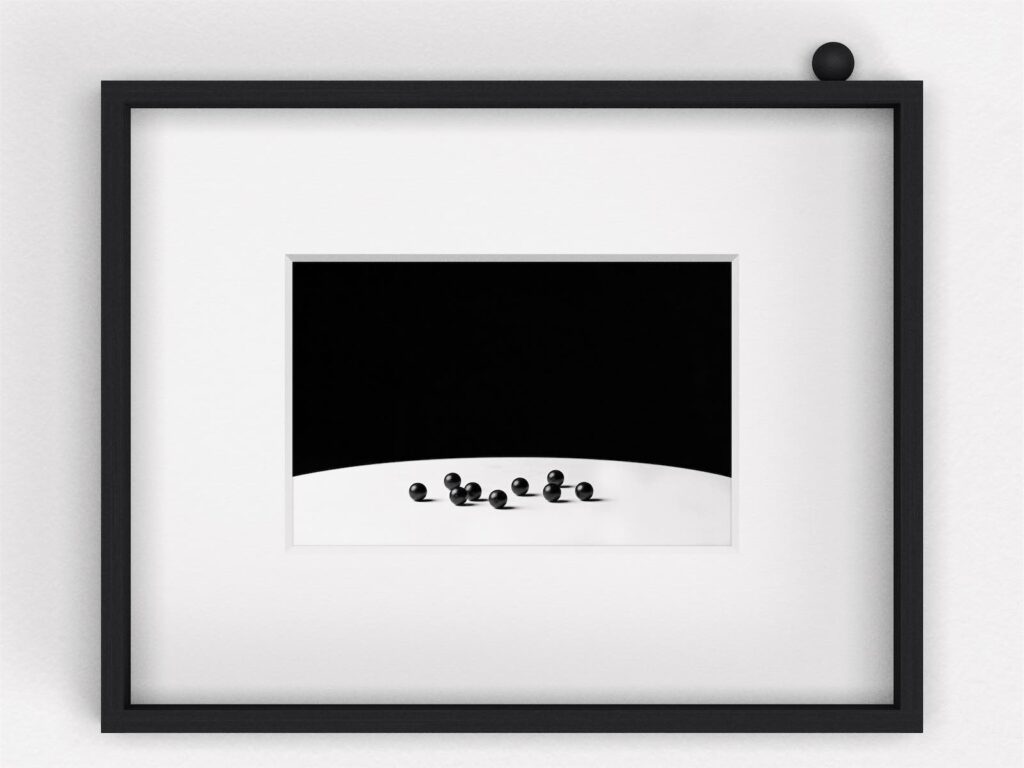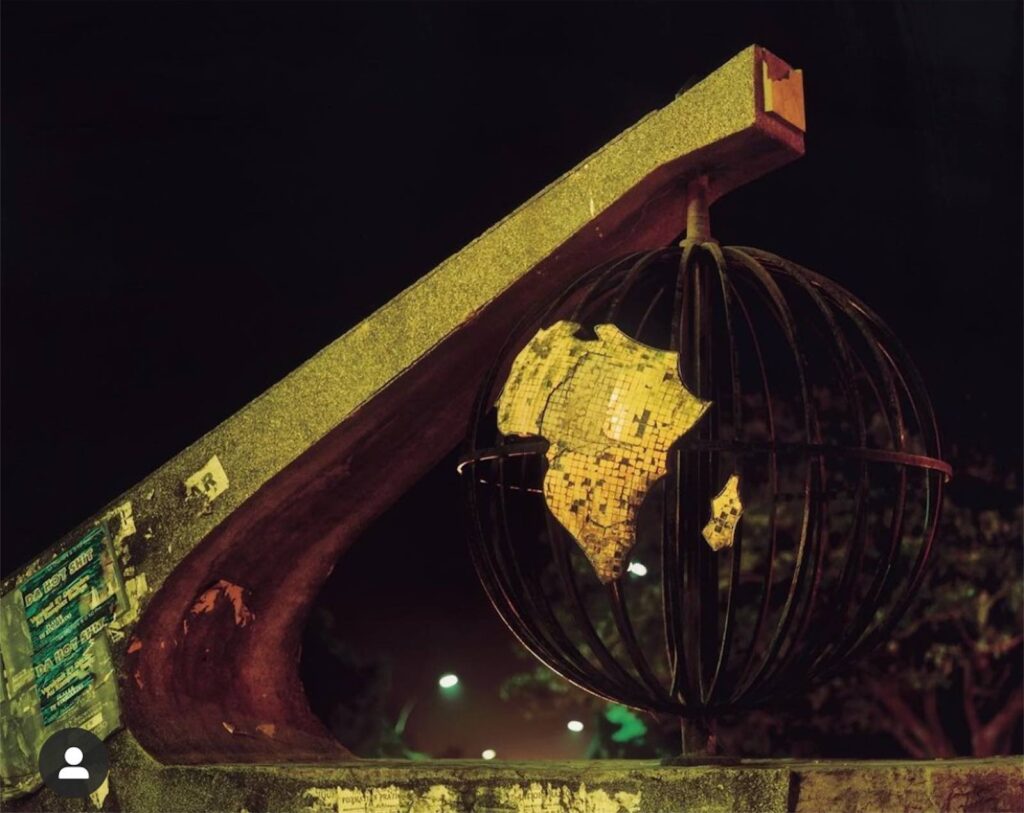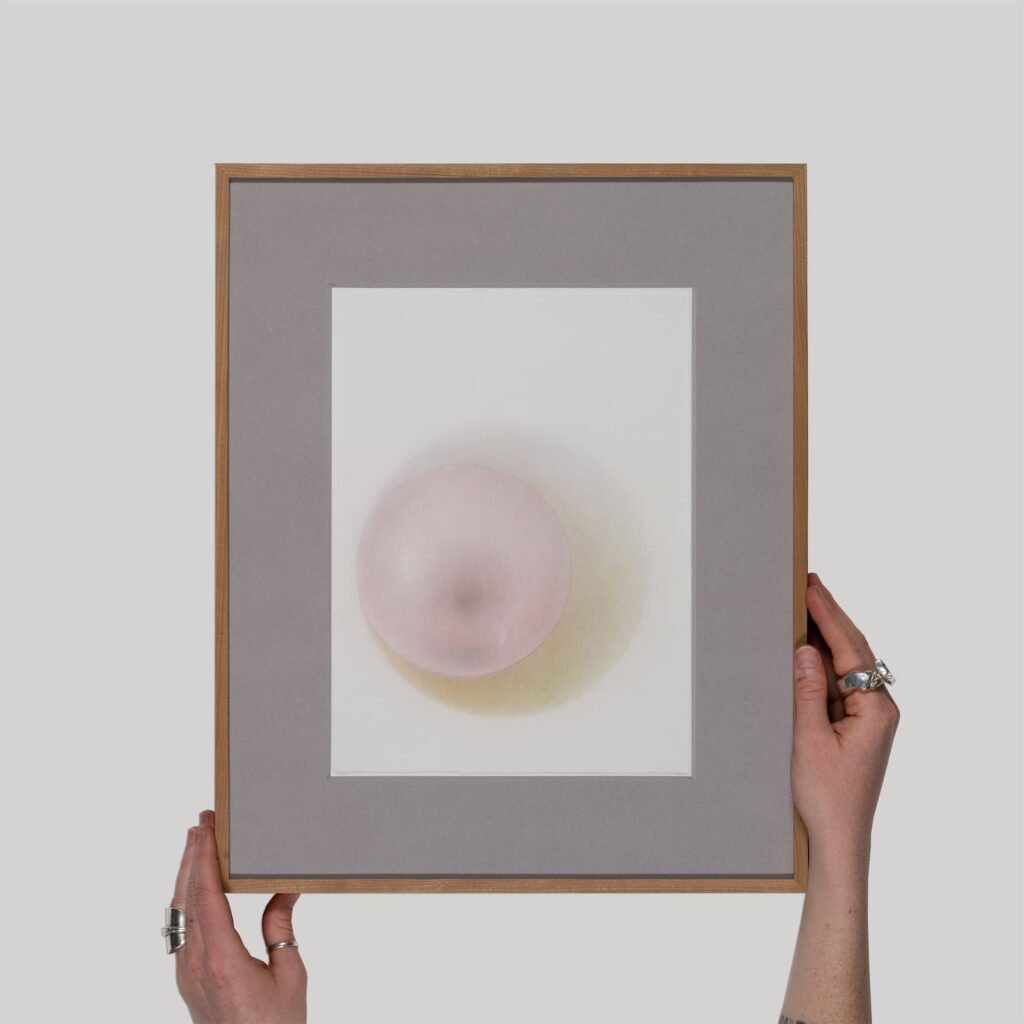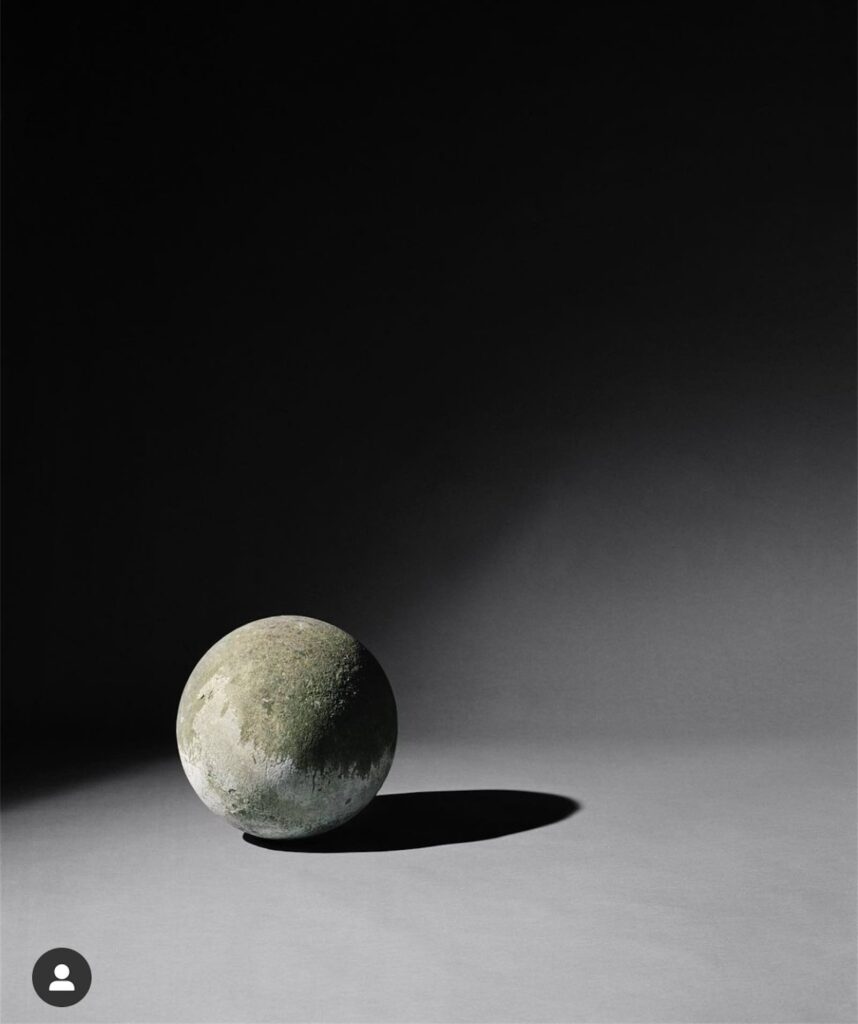Atmospheres by hi~noon
Open to the public from 12th – 15th May, this year’s Photo London will bring together some of the most groundbreaking work in contemporary photography, as well as paying tribute to the pioneers of the past.
For our third round-up of festival highlights we’re putting the spotlight on the Discovery section of the fair, exploring an exhibition by the print curation platform hi~noon.
Who are hi~noon?
Co-directed by Contemporary Heroines Sophy Rickett, Rut Blees Luxemburg, and curator Brenna Horrox, hi~noon was developed as an economic and co-operative enterprise designed to sustain artistic practice.
The platform builds connections between artists and art collectors. The prints in hi~noon’s first collection, which includes work by several Contemporary Heroines, have been selected for their diversity, experimental spirit, and conceptual clarity.
Atmospheres
At Photo London, hi~noon presents Atmospheres – a show which celebrates the launch of the new artist edition of Photosphere by Margarita Gluzberg.
Margarita Gluzberg’s sphere, displayed towards the centre of the hi~noon space, comprises a silver bromide photograph of her sphere drawings, with each print individually hand tinted using pencils made in the 1950s. The work ‘proposes a kind of time travel through the photographic lens, and the resurrection of materials from another era.’
Elsewhere, works by Rut Blees Luxemburg, Jonny Briggs, Felicity Hammond, Olivier Richon, Alix Marie, Sophy Rickett, Lindsay Seers, Chooc Ly Tan, and Bettina von Zwehl hang in orbit, embodying a multitude of forms and concepts.
As curator Brenna Horrox describes, the spheres in Atmospheres inhabit the theme in both a micro and macro sense. The subject lends itself to a breadth of content, but the selected works are linked by their sense of dynamism and flux.
In a literal sense, several works break boundaries; in Sophy Rickett’s Thin Fluid (2021), enlarged milk particles are depicted both within the image and as a 3D model upon the frame itself, rendering this ‘thin fluid’ in paradoxical solidity.
Besides evading perimeters in a physical sense, the works also diminish boundaries with their uncanny magnetism. The dramatic scale of Olivier Richon’s Melencolia I (2006) leaves the viewer with the feeling of being drawn into the image; the lure of the solitary sphere, resting in dense shadows, invites visitors to tiptoe along the precipice between the real and the imaginary.
The sculptural quality of the works on display is perhaps the exhibition’s greatest innovation; together, the images question the limitations of what a photograph can be. According to hi~noon, ‘The selection of spheres by other artists in the exhibition encompasses revolutionary moments and monuments, moods and memories, deep shadows and reflections, particulates, bubbles and lenses, planets, and worlds beyond.’
















